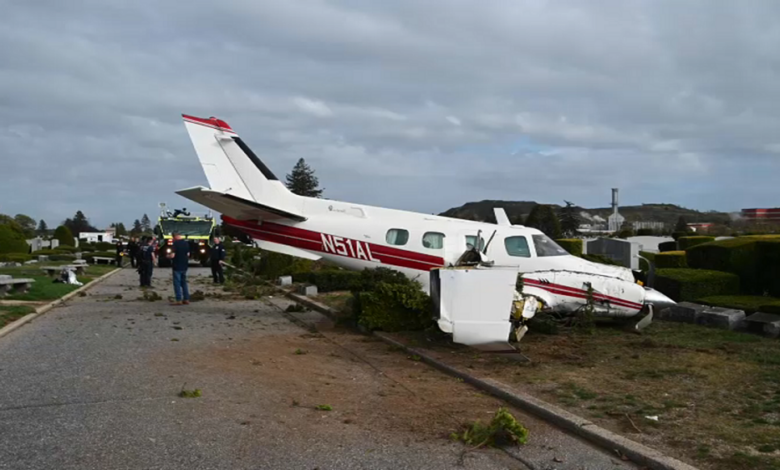
Introduction:
The allure of flight has fascinated humans for centuries, with airplanes revolutionizing travel and connecting the world like never before. However, amidst the marvel of aviation, there have been unfortunate incidents that serve as somber reminders of the inherent risks involved. Long Island, a region known for its picturesque landscapes and vibrant communities, has not been immune to the tragedy of plane crashes. In this article, we explore some of the most significant plane crashes that have occurred on Long Island, examining their impact on the local communities and the lessons learned from each incident.
1. 1960 New York Mid-Air Collision:
One of the most devastating aviation accidents in history occurred over Long Island on December 16, 1960. A United Airlines DC-8 and a TWA Lockheed Constellation collided in mid-air, resulting in the loss of 134 lives. The tragic event unfolded in the airspace above New York City, and debris from the wreckage scattered over the island. This incident led to significant changes in air traffic control procedures and the implementation of advanced radar systems to enhance aviation safety.
2. 1996 TWA Flight 800:
On July 17, 1996, TWA Flight 800, a Boeing 747, departed from John F. Kennedy International Airport bound for Paris. Tragically, the aircraft exploded and crashed into the Atlantic Ocean shortly after takeoff, claiming the lives of all 230 passengers and crew on board. The investigation into the cause of the crash was extensive and complex, involving multiple agencies and experts. Ultimately, it was determined that a fuel tank explosion, likely caused by an electrical fault, was the reason behind the disaster. This heartbreaking incident prompted further safety measures and fuel tank redesigns to reduce the risk of similar accidents in the future.
3. 2019 Calverton Helicopter Crash:
In another tragic incident, on October 2, 2019, a Bell 407 helicopter collided with a Piper PA-34 Seneca airplane near the town of Calverton, Long Island. The crash claimed the lives of two people aboard the helicopter and three individuals in the plane. The investigation into the cause of the collision revealed factors like airspace congestion and visibility challenges, leading to discussions about enhancing air traffic management and pilot training to prevent similar accidents in the future.
4. Lessons Learned and Safety Improvements:
Each of these plane crashes has left a profound impact on the Long Island community and the aviation industry as a whole. While such accidents are tragic and devastating, they have also spurred critical safety improvements and regulatory changes aimed at preventing future disasters.
The Federal Aviation Administration (FAA) continuously reviews and updates safety regulations and protocols to minimize the risk of aviation accidents. This includes advancements in technology, such as more sophisticated radar systems, improved cockpit instrumentation, and better communication tools for air traffic controllers and pilots. Additionally, enhanced pilot training and stricter maintenance standards have been implemented to ensure the highest level of safety in the skies.
Moreover, the tragedies have highlighted the importance of thorough accident investigations. Experts from various disciplines, including aviation, engineering, and meteorology, work together to determine the root causes of crashes and identify potential systemic issues.
Conclusion:
Plane crashes on Long Island, like anywhere else, are deeply distressing events that leave a lasting impact on affected families and communities. However, they also serve as catalysts for change, prompting the aviation industry and regulators to work tirelessly to improve safety standards and prevent future accidents. While no system can completely eliminate risk, the ongoing efforts to enhance aviation safety aim to ensure that air travel remains one of the safest modes of transportation. As we remember those who lost their lives in these tragic incidents, we also acknowledge the dedication and resilience of those committed to making the skies safer for all.



